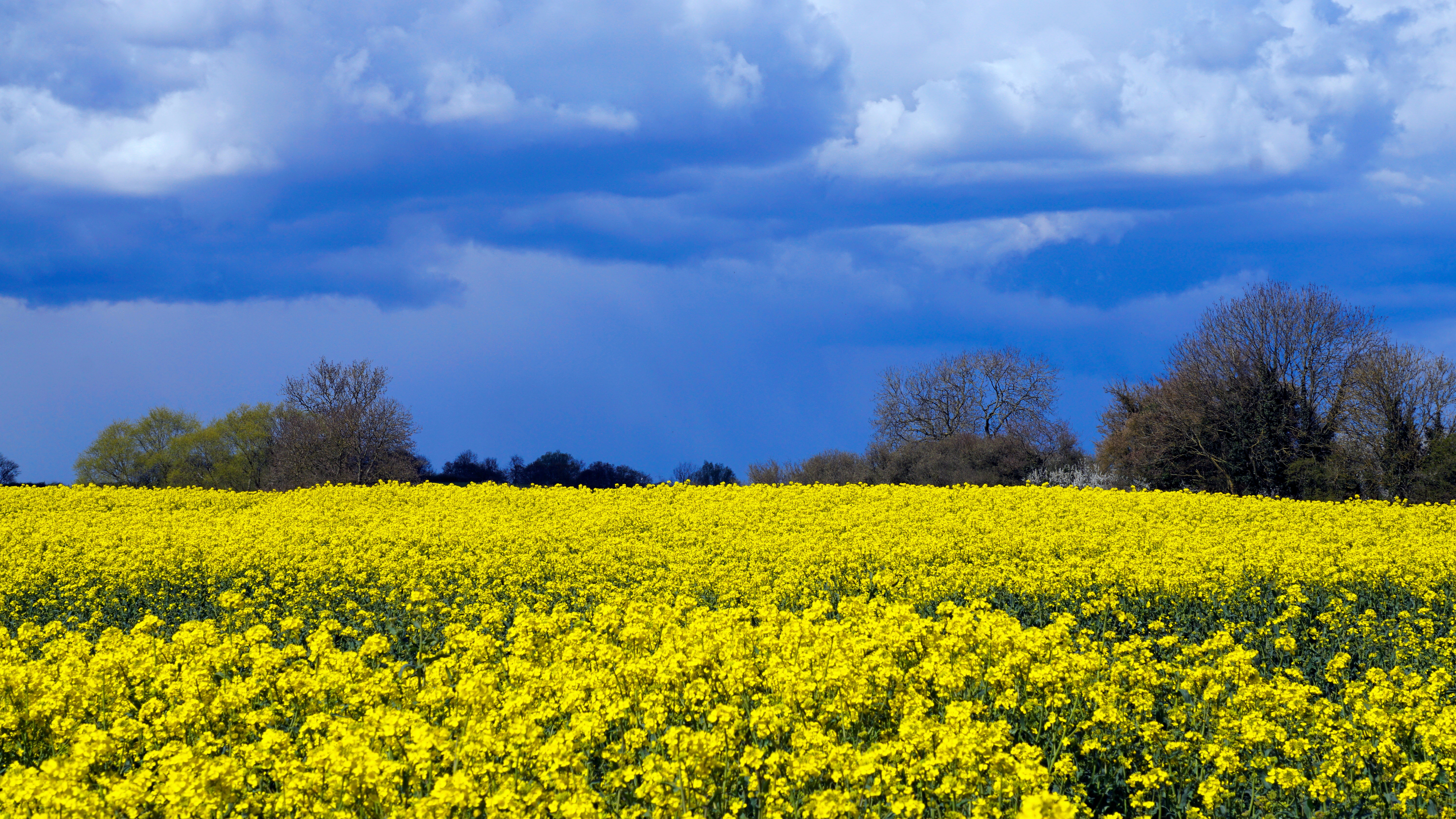We are in trouble. Our natural heritage is at risk. This was brought to my attention when I spoke to Jennifer Fitchett from Wits. If you have ever enjoyed the Namaqualand wildflowers you will appreciate how rare and special they are, and what an event it is when the normally barren landscape erupts each year in colorful bloom. That is unlikely to continue if climate change has it’s way.
Jennifer told me that each year the flowers are blooming earlier and earlier. These so-called phenological events have been impacted upon by climate change.
Read more: Formula One predictions in 2022: Lindy gives her take
The triggers that ‘tell’ plants and animals a change in season is approaching have been altered thanks to climate change.
What this means is that our biodiversity is threatened and it has risks too for the tourism sector, and by extension on livelihoods. Imagine not being able to see the flowers?
Jennifer advises that the sector adapts and amends it’s messaging. For example, “Head out to see the flowers now” – “it’s your last chance”.
It all sounds dystopian. I can’t imagine a world where our natural heritage can only be googled about and accessed through memories and books.
Jennifer also says these phenological changes are location specific, so data is critical.
She shares an example of how advanced the research is in Europe. Did you know they have dedicated phenological gardens where someone is employed to study the seasonal changes. You can appreciate that the data is granular and allows them to reverse the effects strategically.
We do not have that luxury in South Africa. It is improving but more is required.
In the meantime, Jennifer recommends we do all we can to preserve our natural heritage and tackle climate change! In that regard there is a deal activist will be keeping a close eye on, namely the U.S – China pact to fight climate change. This has the potential to be a game-changer which may spare our Namaqualand wildflowers more time.





